I wouldn’t say The Bad Batch is my favorite animated Star Wars show, but it’s quickly gone, at least for me, from being an adequate Clone Wars spinoff to acting as a crucial part of the galaxy’s on-screen history. Now, with the third and final season about to end, I can safely say it may be the nearest Star Wars TV series to Andor, at least when it comes to tone and place within the larger Star Wars mythos.
Mild spoilers ahead for Star Wars: The Bad Batch and Andor.
That might sound like an outrageous claim, but bear with me a bit. The progression of Star Wars animation from Saturday morning cartoons (at least that’s how the early stuff feels like) to televised installments that, for many fans, are as important as the big live-action entries have allowed these ‘cartoons’ to grow up with the original viewers. What once was a gateway into the galaxy far, far away for the new generations has essentially become an extension of the larger Star Wars story.
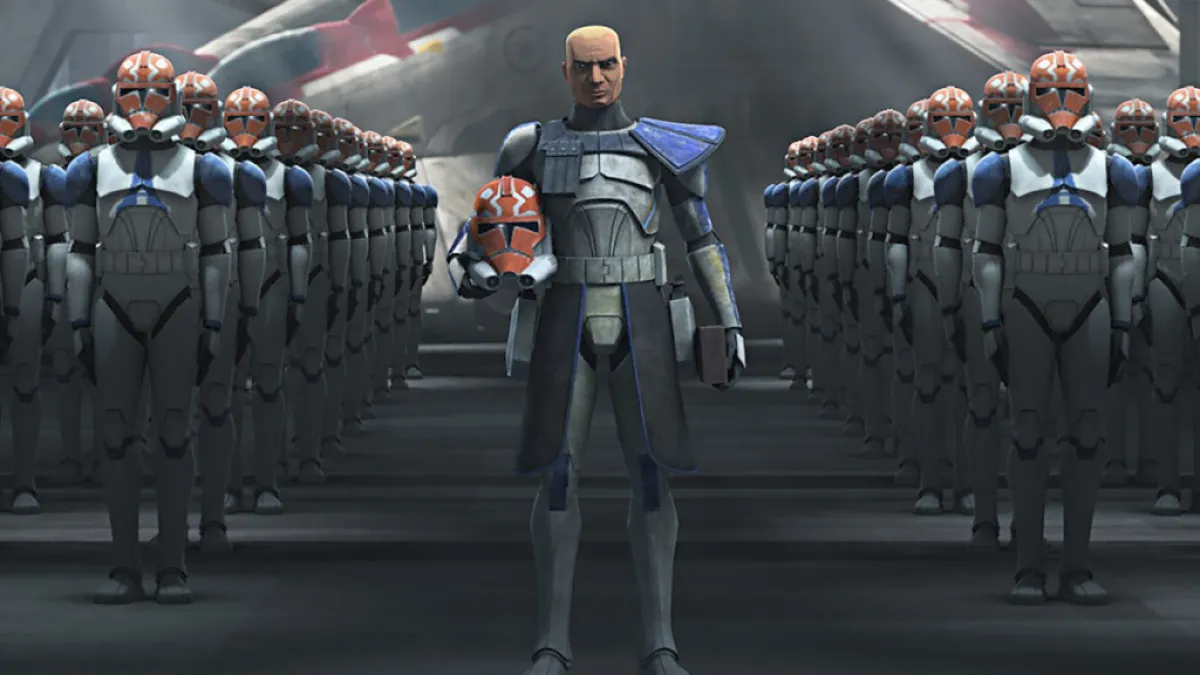
The original Clone Wars movie (a bunch of episodes glued together, really) focused on Jabba the Hutt’s little baby son, introducing Ahsoka Tano before the following series, and setting the stage for a galaxy-wide conflict that hadn’t been mined nearly enough through Genndy Tartakovsky’s (amazing) 2D series and Revenge of the Sith. For the first two seasons or so, beyond some remarkable exceptions, things seemed pretty safe. Season 3, however, allowed The Clone Wars to become progressively meaner, which led to the series eventually outgrowing its sillier story arcs and exploring some difficult subjects.
Star Wars Rebels and Resistance, alternatively, never hit incredibly dark notes and mostly kept the wonder of the original Star Wars movies alive despite their larger implications for the Star Wars canon. Hell, the former is now a key part of Dave Filoni’s ongoing storytelling efforts set in the New Republic era, which at the same time are linked to wherever The Mandalorian is going next. The Bad Batch, however, has worked as an extension of The Clone Wars, and that means exploring the galaxy’s uglier side and the repercussions of the terrible events that went down in Revenge of the Sith.
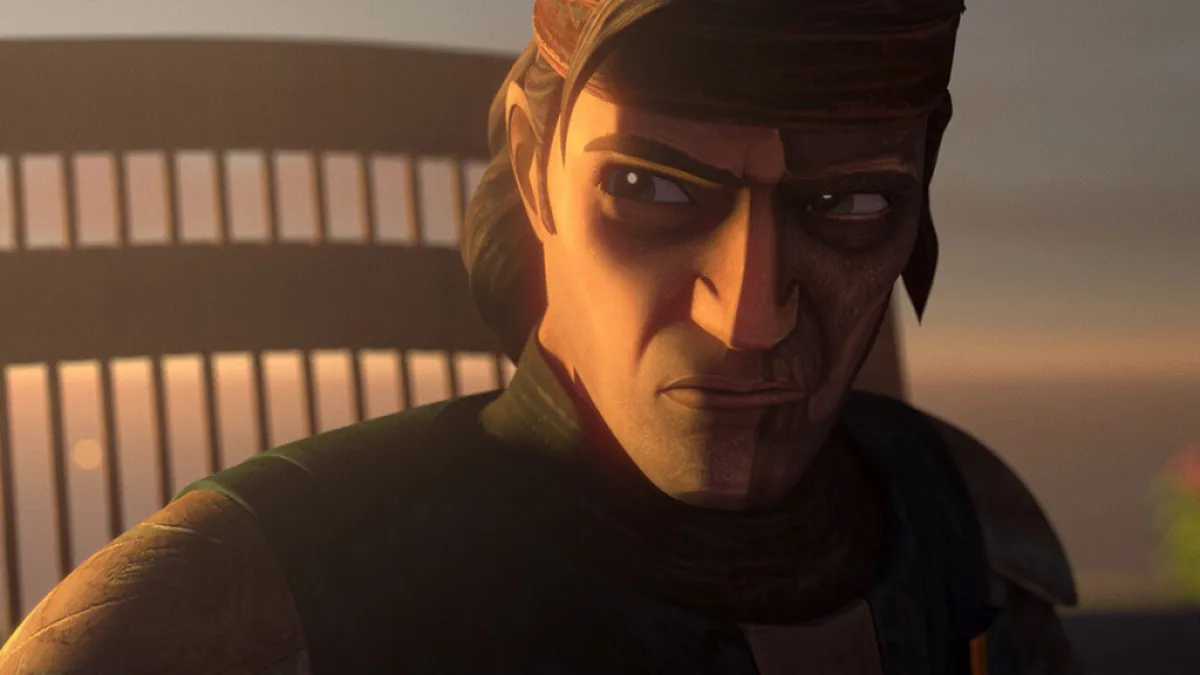
What could’ve been a swashbuckling adventure led by the irregular Clone Force 99 instead became an exploration of the Empire’s rise to power, which didn’t happen overnight, through the lens of soldiers forced to either follow orders or step away from the fight. When you frame the series’ main events and key thematic beats that way, it becomes abundantly clear that it shares more than a few strands of DNA with Tony Gilroy’s excellent Rogue One prequel show.
Gareth Edwards’ troubled but ultimately successful 2016 movie, which was the first-ever live-action Star Wars spinoff, inadvertently paved the way for more on-screen stories that directly dealt with the ‘nobodies’ that profoundly affected galaxy-defining events. Likewise, this new ‘breed’ of Star Wars movies/shows dared to get closer to the bad guys’ uglier side. We’d always heard about how evil the Empire was and how they oppressed countless worlds all over the galaxy, but we hadn’t seen much of that before.
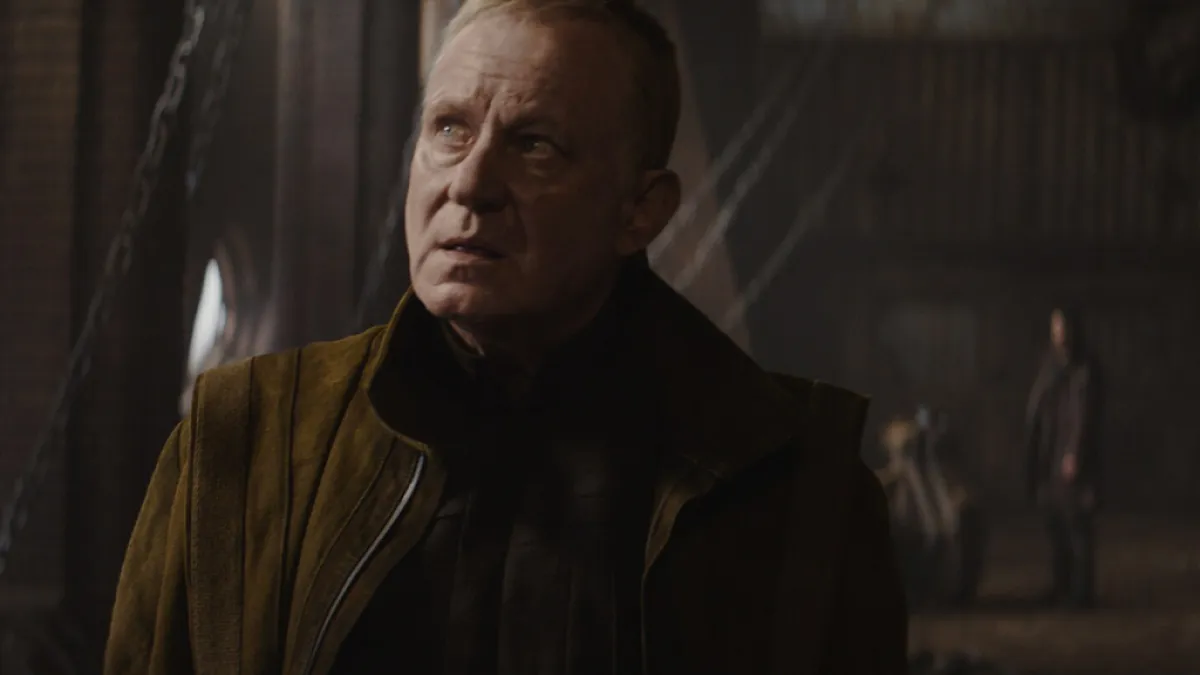
Andor (at least during its first season) is a ground-level Star Wars story through and through. Nothing in those 12 episodes has a huge impact on the Empire’s galactic map. But that’s how rebellions begin, and the show’s slow burn will eventually explode into the Rebel Alliance that we know was formed shortly afterwards. Cassian Andor, Luthen Rael, and other ‘proto-Rebels’ aren’t much on their own, but sparks can ignite fires.
The Bad Batch, meanwhile, presents us a colorful group of characters that aren’t having a good time most days. While the option to run away and live their lives presents itself many times, they can’t help but return to the fight, a fight that’s nothing like the one the galaxy has just left behind. The surviving clones don’t know they’re among the first-ever proto-Rebels, but they’re already making a difference, even if they think it’s just because they want to save as many of their own as they can.

The group’s adventures and misadventures (they’ve been having way more of the latter recently) take them to occupied and exploited worlds and highlight how the Empire’s iron fist is quickly transforming the once plural galaxy into a grey sludge, crushing the hard-earned freedom of many worlds in the process. The Jedi games have also done a great job of closely inspecting how the Empire became so mighty, but, as the saga’s title indicates, are preoccupied with more mystical matters first and foremost.
Project Necromancer plot point aside (everything is connected, remember), The Bad Batch’s point-of-view is almost the same as Andor Season 1’s. Though the animated façade of the first might suggest otherwise, both get up close and personal and are often dirty. It’s remarkably weird to see a piece of Star Wars animation almost completely neglecting its younger viewers, but at the same time, this type of exploration of the galaxy feels almost perfect by George Lucas’ standards – he often called the Star Wars saga “a modern fairy tale,” but always strived to tell ultimately complex tales about our systems and how they can fail us… if we let them.

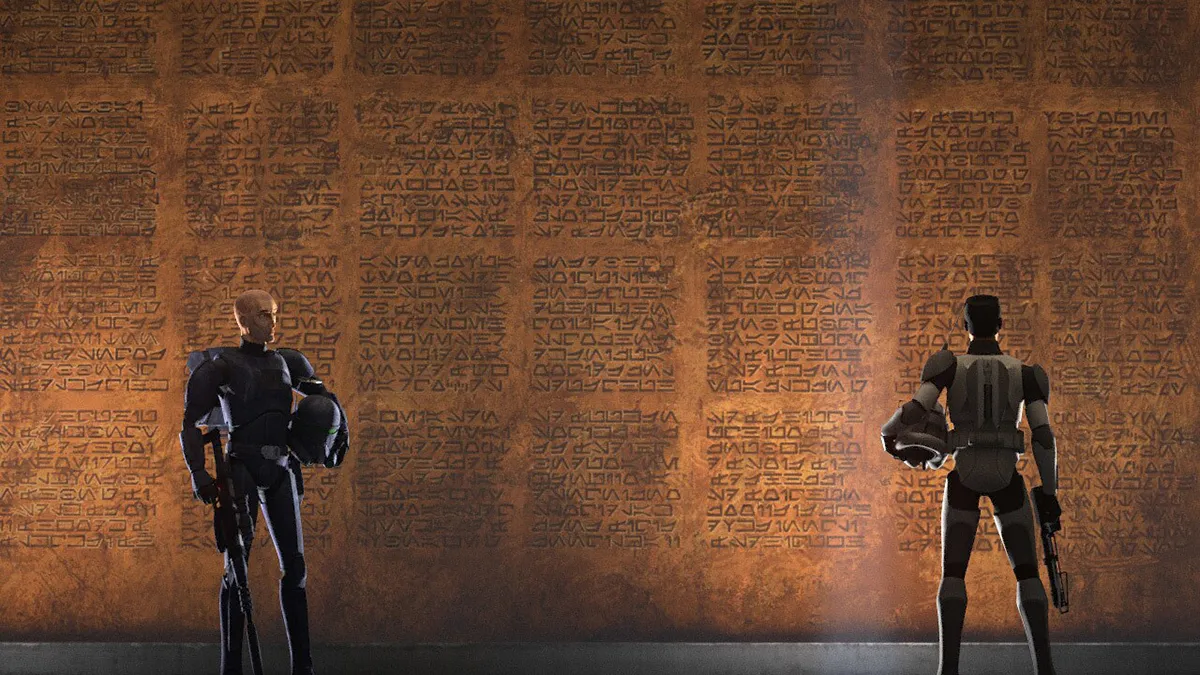
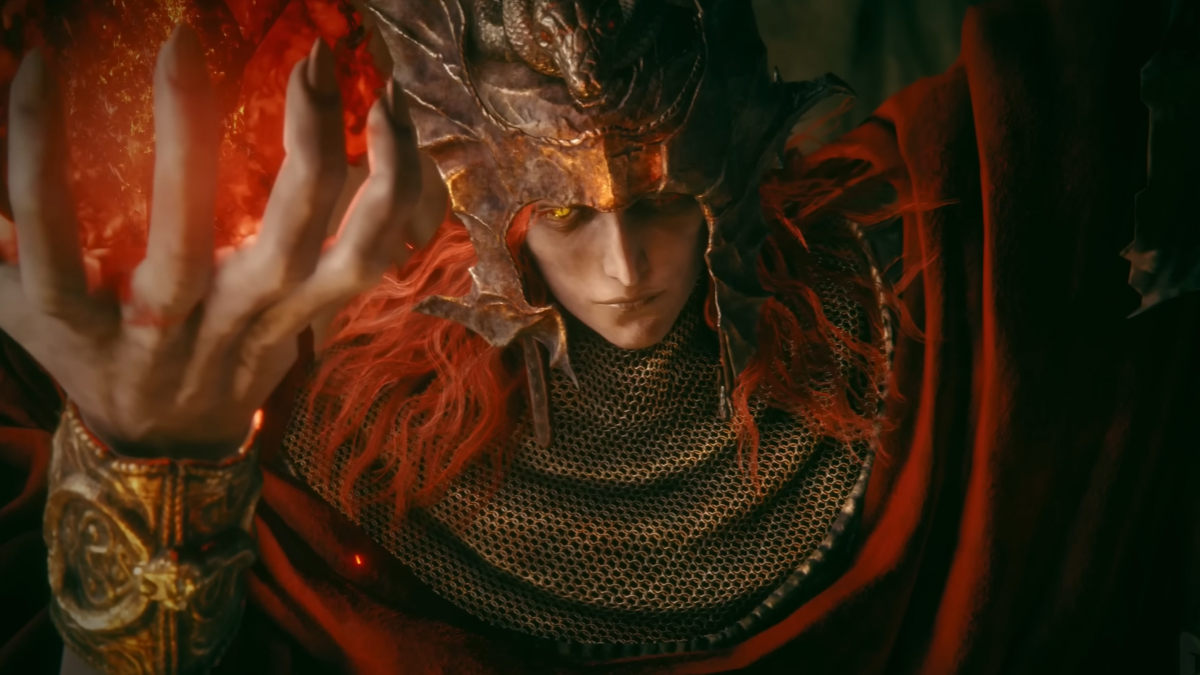


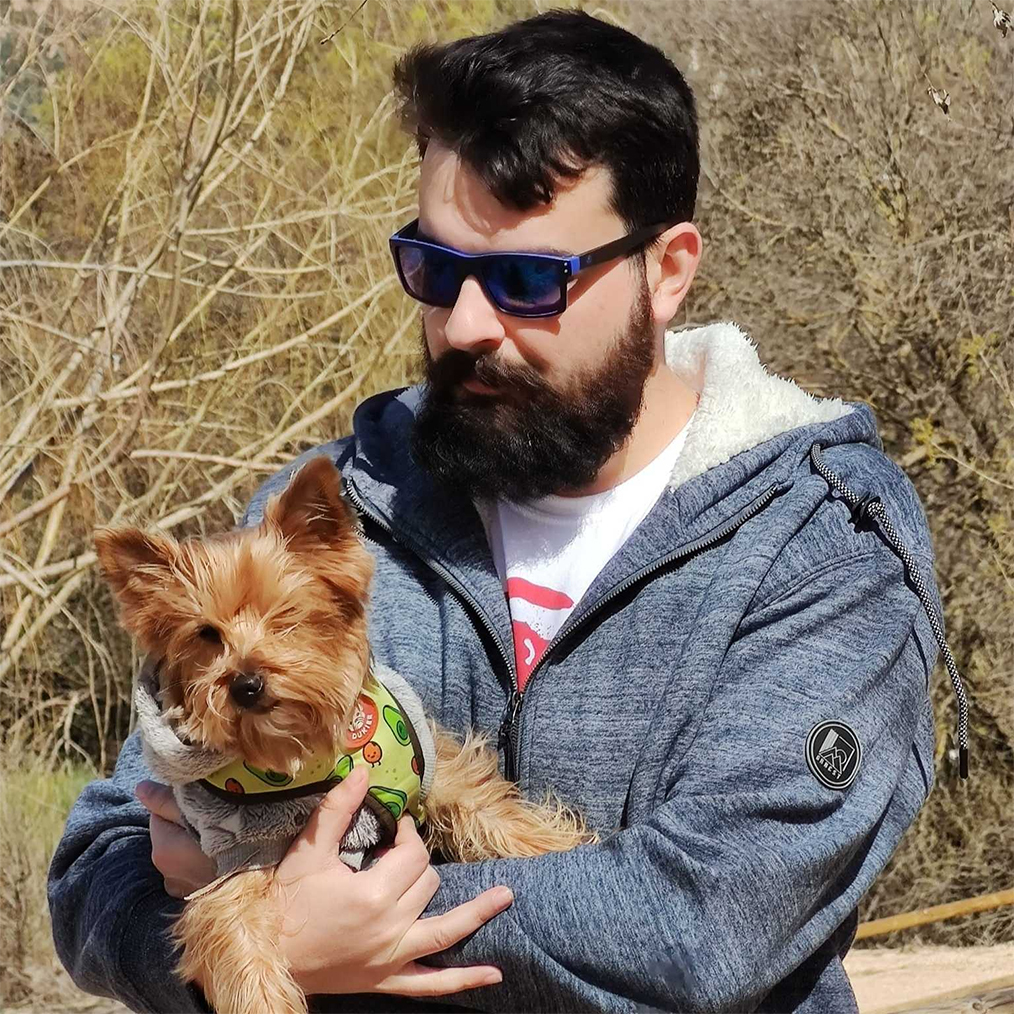
Published: Apr 13, 2024 01:15 pm